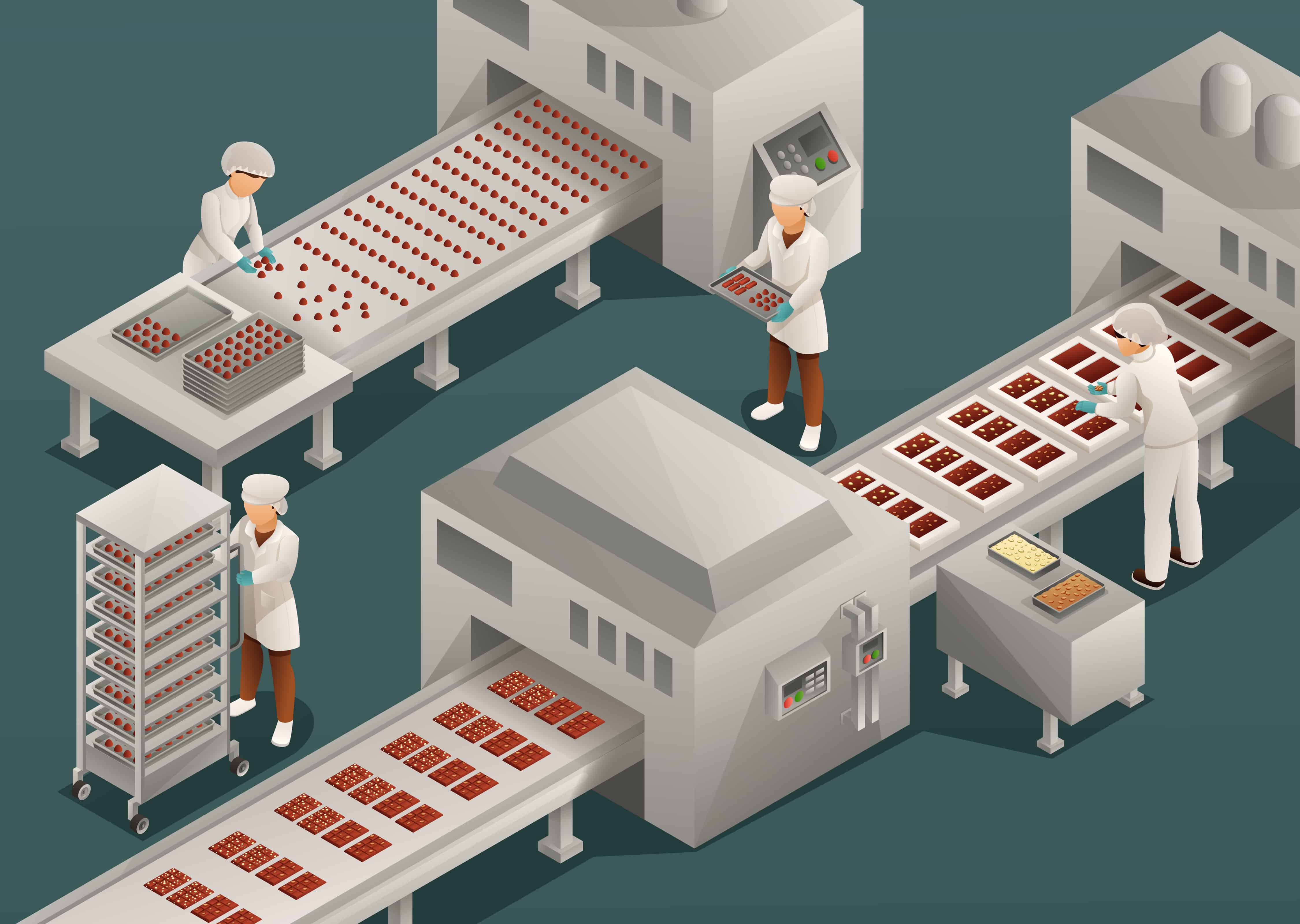- Phone: 306-970-1552
- connect@gentleprocessing.ca
- 18-301 South Industrial Dr. Prince Albert, SK S6V 7L7, Canada

Food processing is an integral part of the modern food industry, allowing us to access a wide variety of convenient and flavorful products. However, there has been growing concern about the impact of food processing techniques on our health. In this comprehensive guide, we delve into the different methods of food processing and explore their potential effects on our well-being. Let's uncover the facts and equip ourselves with the knowledge we need to make informed decisions about the foods we consume.
Food processing encompasses a range of techniques that transform raw ingredients into finished products suitable for consumption. These techniques serve various purposes, such as improving safety, extending shelf life, enhancing flavor, and increasing convenience. Here are some common food processing methods:
Heating and cooking are among the oldest and most prevalent food processing techniques. These methods effectively kill harmful bacteria and pathogens, making the food safer to eat. Cooking also improves the taste and texture of many foods, making them more palatable and enjoyable.
Canning involves sealing food in airtight containers and then heating it to destroy any microorganisms that could cause spoilage. This method helps preserve food for extended periods without the need for refrigeration.
Freezing is an effective way to preserve the nutritional content of food while extending its shelf life. Low temperatures slow down enzymatic activity and microbial growth, maintaining the quality of the product over time.
Drying and dehydration remove water from food items, inhibiting the growth of microorganisms and preventing spoilage. Dried foods, such as fruits and jerky, are lightweight, portable, and have a longer shelf life.
Fermentation is a traditional food processing method that involves the conversion of sugars and carbohydrates by microorganisms. This process enhances the flavor, texture, and nutritional value of certain foods while also promoting the growth of beneficial probiotics.
One concern often raised about food processing is the potential loss of nutrients during the various techniques. While some processing methods may lead to nutrient degradation, others can enhance nutrient bioavailability. Here's what you need to know:
Certain vitamins and minerals are sensitive to heat and can be partially destroyed during cooking or processing. For example, water-soluble vitamins like vitamin C and B-complex vitamins can be reduced when exposed to high temperatures. To minimize nutrient loss, consider using gentle cooking methods or consuming raw fruits and vegetables when possible.
While some nutrients may be lost during processing, others become more accessible to the body. For instance, the lycopene in tomatoes becomes more available to our bodies when tomatoes are cooked. Likewise, the beta-carotene in carrots is better absorbed after cooking.
To address nutrient loss during processing, some manufacturers fortify or enrich their products. This means adding specific vitamins and minerals back into the processed foods to restore their nutritional value. For example, certain breakfast cereals are fortified with iron and B vitamins.
Food processing plays a pivotal role in providing us with a wide array of convenient and tasty options. However, it's essential to strike a balance between convenience and health. Here are some tips for making mindful choices:
Opt for whole, minimally processed foods whenever possible. These include fresh fruits and vegetables, whole grains, lean proteins, and legumes. Minimally processed foods tend to retain their natural nutrients and provide the most health benefits.
When selecting processed foods, read the labels to identify any added preservatives, artificial ingredients, or excessive levels of sodium and sugar. Choose products with shorter ingredient lists and recognizable, natural components.
While processed foods can be enjoyed as part of a balanced diet, moderation is crucial. Consuming too many heavily processed foods high in added sugars, unhealthy fats, and sodium may contribute to adverse health effects.
Cooking at home allows you to have control over the ingredients and cooking methods used. By preparing meals from scratch, you can ensure that you use fresh, nutritious ingredients and minimize the use of processed products.
Food processing techniques have undoubtedly revolutionized the way we eat and have granted us access to a wide range of convenient foods. While some processing methods may lead to nutrient loss, others can enhance the availability of certain nutrients. By understanding the impact of food processing on health, we can make informed choices and prioritize whole, minimally processed foods for optimal well-being.
As consumers, let's be mindful of our choices and strive to strike a balance between the convenience of processed foods and the health benefits of natural, nutrient-rich options.